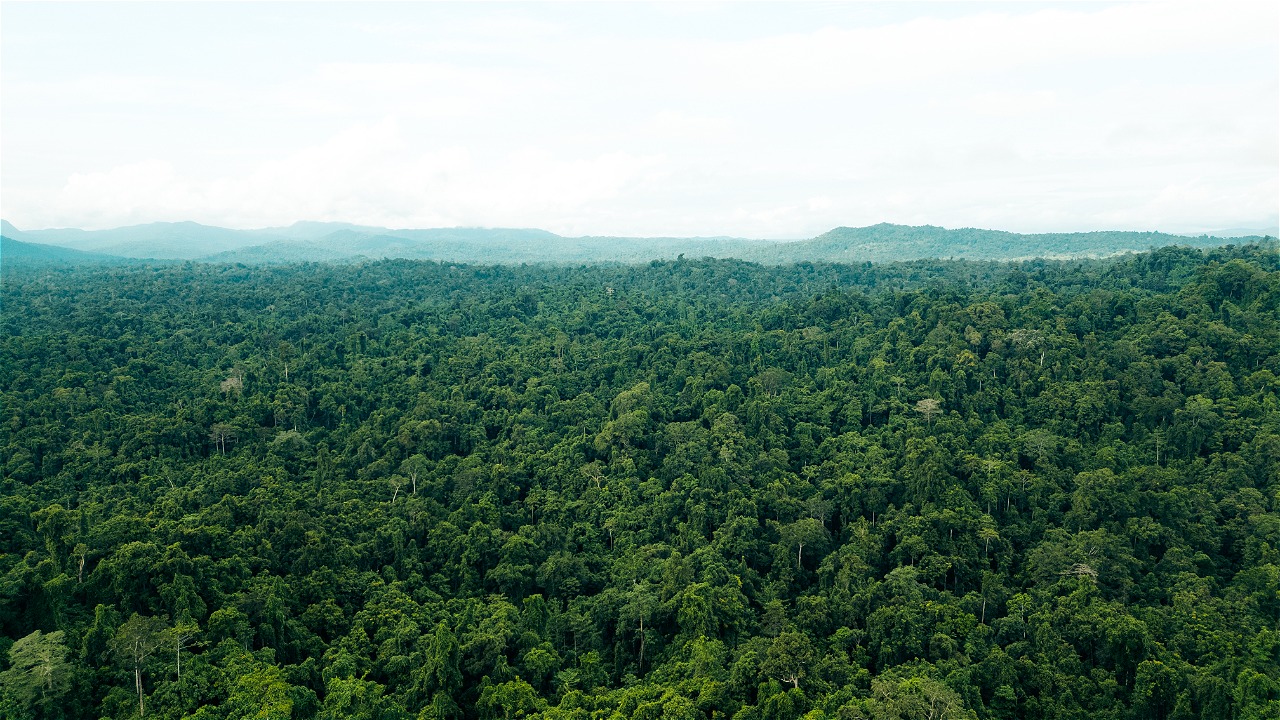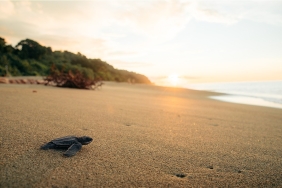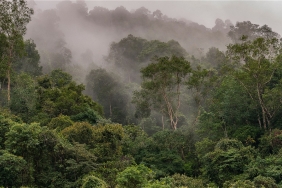SAWENDUI, NO LONGER A NEW VILLAGE
By: Ade Erawati Sangadji (Learning Centre & Marketing Communication Coordinator Papua Program)
Salomina Fonataba and Henderkus Woriasi were beaming as they talked about the potential of Sawendui Village in Raimbawi District, Yapen Islands Regency. Three years ago, Sawendui Village did not even exist. The availability of sago hamlets as a staple food is the main requirement for the establishment of a village in Papua that ensures the survival of the villagers. While in Sawendui there were no sago hamlets there at that time. This village was built only relying on the potential of the sea and the potential of the remaining forests due to the scouring of HPH (Forest Entrepreneur Rights) companies.
The people in Sawendui are optimistic and positive-minded people trying to develop their village. Sawendui Village Head, Absalom Koranu, who has been committed to developing Sawendui Village since the beginning, is one example. "Development must start from the village, then spread outward. The village must be prosperous first," is Absalom Koranu's commitment. Not just building, Sawendui development is directed to be development based on sustainable principles.
Seeing the potential and enthusiasm of the Sawendui community, WWF-Indonesia Papua Program conducted mentoring activities for community groups in Sawendui. One of them is a group of people who are members of the Kornu Multipurpose Cooperative (KSU). Henderkus Woriasi, one of the members of KSU Kornu explained, "We are trying to restore our forest that was once a HPH operation area. We nursed 800 Merbau tree seedlings along the watershed, 200 matoa tree seedlings have also been planted," Henderkus continued. Salomina also added, "In addition, as a source of staple food other than tubers, in the Katwar River area, we planted 400 sago tree seedlings. We have to fight the waves when planting sago because we have to go around the coast to get to Katwar." Henderkus continued optimistically, "But no matter, in the future, we will have a sago hamlet, as well as our forests back."
Not only that, several restrictions were also issued by the village head to support sustainable development, such as the collection of marine products which are only carried out for the benefit of village community consumption. In addition, the hunting of birds of paradise for cultural accessories is now prohibited. "There is still the use of bird of paradise feathers in the hats of Sawendui dancers. We get it from collecting bird feathers that fall out when birds of paradise are dancing or fighting over females," Salomina explained with a smile.
"We, the people of Sawendui Village, currently do not lack food. We need money for the children's school fees in the village. Through the assistance of WWF, we have now planted 256 cocoa seedlings in the community garden area," explained Henderkus in the KSU Focus Group Discussion (FGD) presentation during the cross visit between KSUs in Rhepang Muaif, Nimbokrang District, last Friday (15/12). Another expectation from the indigenous people of Sawendui Village is the development towards ecotourism.
In fact, the beauty of coral reefs recorded during the Saireri Expedition in 2016, opened up the potential for marine tourism in Sawendui. Meanwhile, according to the results of the High Conservation Value (HCV) identification survey conducted on March 8-15, 2017 by WWF-Indonesia involving the Sawendui indigenous people who are members of KSU Kornu in the Sawendui Village Customary Community area, Raimbawi District, in the customary forest / customary rights of the Koranu Clan covering ± 4,450 Ha, as much as 86% of the Sawendui area can be managed in community forestry activities through the utilization of timber forest products and environmental services. Currently no less than 82 species of birds and 3 species of birds of paradise, namely Cenderawasih Raja (Cincinnurus regius), Cenderawasih Kecil (Paradisea minor), and Cenderawasih Belah Rotan (Cicinnurus magnificus chrysopterus) live in the forest of Sawendui village which opens up opportunities for birdwatching tourism.





